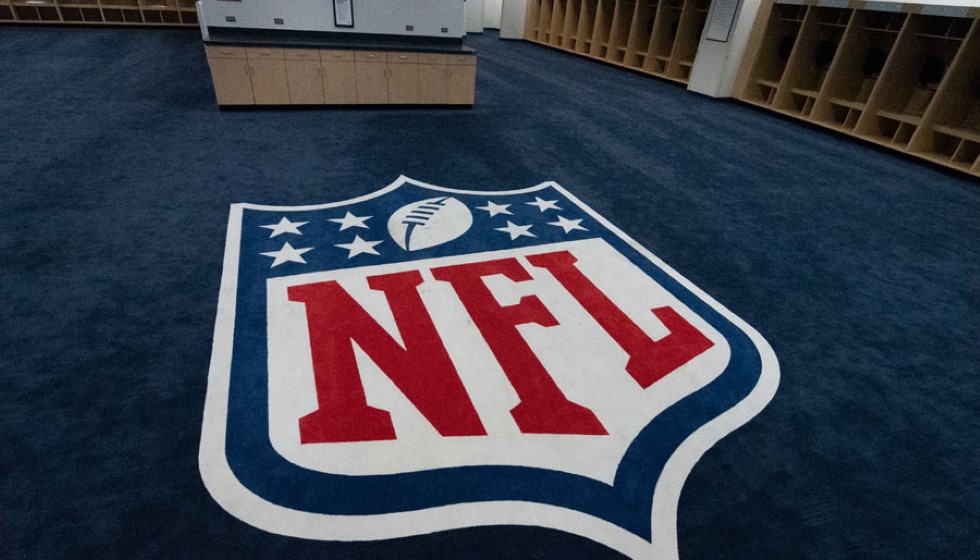
In the high-stakes arena of the NFL, adaptability isn’t just a trait; it’s a necessity for survival and success. Few embody this evolution better than Kansas City Chiefs' Patrick Mahomes. Since the Chiefs' last Super Bowl win, Mahomes has fine-tuned his game, transitioning from deep-field heroics to mastering the art of the short pass and checkdowns, a shift that has drawn comparisons to the likes of Tom Brady by observers like Joe Bleymaier.
Adapting to Change
Mahomes' transformation isn’t merely a phase but a calculated response to the evolving nature of NFL defenses. With defensive schemes designed to neutralize the Chiefs' long-ball threat, Mahomes and the Chiefs have pivoted, adopting a strategy that while seemingly conservative, has proven incredibly effective. This shift in tactics was particularly evident in the Chiefs' approach to Super Bowl LVIII against the San Francisco 49ers, showcasing Mahomes' newfound prowess in short-range passing.
Under the guidance of Matthew Naggy, the Chiefs' offensive playbook has seen a considerable overhaul. David Girardi, an NFL analyst, credits Mahomes' willingness to evolve his game as a key factor in this tactical shift. This evolution reflects a broader strategy to counteract defensive plays that force the Chiefs into longer, more error-prone drives.
A Unique Offensive Strategy
The statistical evidence of Mahomes' evolution is stark. In the 2018 season, Mahomes averaged an impressive 9.2 yards per throw. Fast forward to the current season, and his average has dropped to a career-low of 6.5 yards per throw. While some may view this decrease skeptically, it aligns with a winning strategy that emphasizes efficiency over extravagance.
Interestingly, when compared to peers like Joe Burrow, who has a lower average depth of target (aDOT), Mahomes’ strategic shift further underscores the unique path the Chiefs have carved out in the NFL’s offensive landscape. The team's innovative playbook, as discussed by Matt Nagy, often involves placing two players in strategic positions to sow confusion among opposing defenders, a tactic that has paid dividends.
A Legacy in the Making
All of these adjustments and strategies culminated in Mahomes leading the Chiefs to yet another Super Bowl victory. His performance in the playoffs has been nothing short of historic. Mahomes became the first player since 1991 to rack up over 200 passing yards and 50 rushing yards in any playoff game, a testament to his dual-threat capability.
With three Super Bowl championships now under his belt, Mahomes joins an elite group of quarterbacks who have lifted the Lombardi trophy three times. Perhaps more impressively, he boasts a record of overcoming double-digit deficits in all of his Super Bowl appearances, a feat that underscores not only his skill but his resilience and leadership on the field.
Reflections from the Team
Matt Nagy offers insight into Mahomes' mindset, saying, "Pat's learned how to play as a different quarterback — not a game manager — but a different quarterback. He's still winning." This sentiment is echoed by Joe Bleymaier, who succinctly notes, "He's just doing what he's got to do." These reflections from within the Chiefs' coaching staff illustrate the collective recognition of Mahomes' adaptability and the broader tactical shift within the team.
In sum, Patrick Mahomes’ transition isn’t just a personal evolution; it’s a reflection of the Chiefs' adaptability and tactical astuteness. By embracing change and refining his game, Mahomes has not only secured his place among the NFL’s elite but has also redefined what it means to be a successful quarterback in the modern era. As defenses continue to evolve, so too will Mahomes and the Chiefs, a prospect that is as exciting as it is daunting for the rest of the NFL.